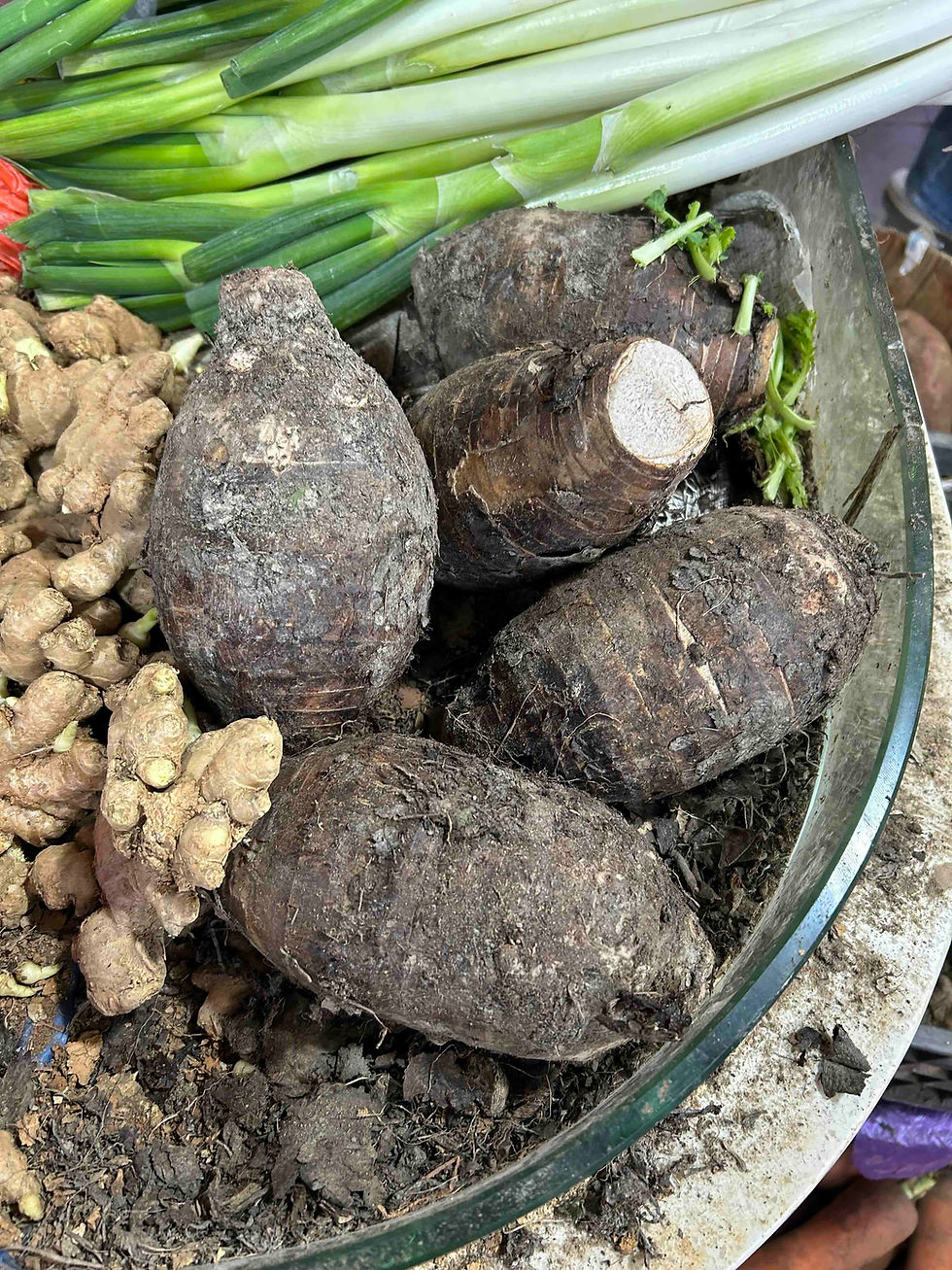Two excerpts on the process of creation
- Rachelle

- Mar 27, 2023
- 3 min read
Liu Xie 劉勰 (ca. 465-522) on the process of writing:
夫神思方運,萬涂競萌,規矩虛位,刻鏤無形。登山則情滿于山,觀海則意溢于海,我才之多少,將與風云而并驅矣。方其搦翰,氣倍辭前,暨乎篇成,半折心始。何則?意翻空而易奇,言徵實而難巧也。[1]
As spiritual musing is set in motion, thousands of paths sprout all at once, forms yet to assume their positions, carving yet to define any shape. At the summit, imbuing the mountain with my emotions, and on the shore, filling the ocean to the brim with my thoughts, my talents in full measure shall gallop with the wind and cloud!—The moment [he] takes his brush, his zeal overwhelms words yet to come; by the time the work is brought to completion, the original conception is lost by half. Why? Thoughts dancing free work magic without effort; [yet] words making [them] concrete struggle to be just as artful.[2]
Virginia Woolf (1882-1941) on the process of painting in her novel To the Lighthouse:
The jacmanna was bright violet; the wall staring white. She would not have considered it honest to tamper with the bright violet and the staring white, since she saw them like that, fashionable though it was, since Mr Paunceforte’s visit, to see everything pale, elegant, semi-transparent. Then beneath the colour there was the shape. She could see it all so clearly, so commandingly, when she looked: it was when she took her brush in hand that the whole thing changed. It was in that moment’s flight between the picture and her canvas that the demons set on her who often brought her to the verge of tears and made this passage from conception to work as dreadful as any down a dark passage for a child. Such she often felt herself—struggling against terrific odds to maintain her courage; to say: ‘But this is what I see; this is what I see’, and so to clasp some miserable remnant of her vision to her breast, which a thousand forces did their best to pluck from her. [3]
[1] Liu Xie, Wenxin diaolong 文心雕龍 (Sibu congkan chubian 四部叢刊初編 vol. 2058, Shanghai: Shangwu yinshuguan, 1919), 6.1b: https://ctext.org/library.pl?if=en&file=79415&page=124#n108352.
[2] Alternative translations can be found in Liu Xie, The Literary Mind and the Carving of Dragons, translated and annotated by Vincent Yu-chung Shih (Hong Kong: The Chinese University Press, 1983), 301, and Owen Stephen, Readings in Chinese Literary Thought (Cambridge Mass: Harvard University Press, 1992), 205-206.
[3] Woolf, Virginia. To the Lighthouse, Edited with an Introduction and Notes by
David Bradshaw. Oxford: Oxford University Press, 2006.

A man that appears to be looking for his words; detail of "Wenyuan tu" 文苑圖, attributed to Zhou Wenju 周文矩 (fl. 10th century)
Image credit: The Palace Museum, Beijing
Digitalisation of the entire handscroll: https://en.dpm.org.cn/dyx.html?path=/tilegenerator/dest/files/image/8831/2008/1567/img0002.xml
Copyright Declaration*:
The texts and images used on the website of Rachelle's Lab are either from the public domain (e.g. Wikipedia), databases with open data licenses (e.g. Shuhua diancang ziliao jiansuo xitong 書畫典藏資料檢索系統, National Palace Museum, Taipei), online libraries that permit reasonable use (e.g. ctext.org), or original work created for this website.
Although fair use of the website for private non-profit purposes is permitted, please note that the website of Rachelle's Lab and its content (including but not limited to translations, blog posts, images, videos, etc.) are protected under international copyright law. If you want to republish, distribute, or make derivative work based on the website content, please contact me, the copyright owner, to get written permission first and make sure to link to the corresponding page when you use it.
版權聲明:
本站所使用的圖片,皆出自公有領域(如維基)、開放數據庫(如臺北故宮博物院書畫典藏資料檢索系統)、允許合理引用的在線圖書館(如中國哲學電子化計劃)及本人創作。本站允許對網站內容進行個人的、非營利性質的合理使用。但請注意,本站及其內容(包括但不限於翻譯、博文、圖像、視頻等)受國際版權法保護。如需基於博客內容進行出版、傳播、製作衍生作品等,請務必先徵求作者(本人)書面許可,并在使用時附上本站鏈接,註明出處。
*Read more about copyright and permission here.




Comments